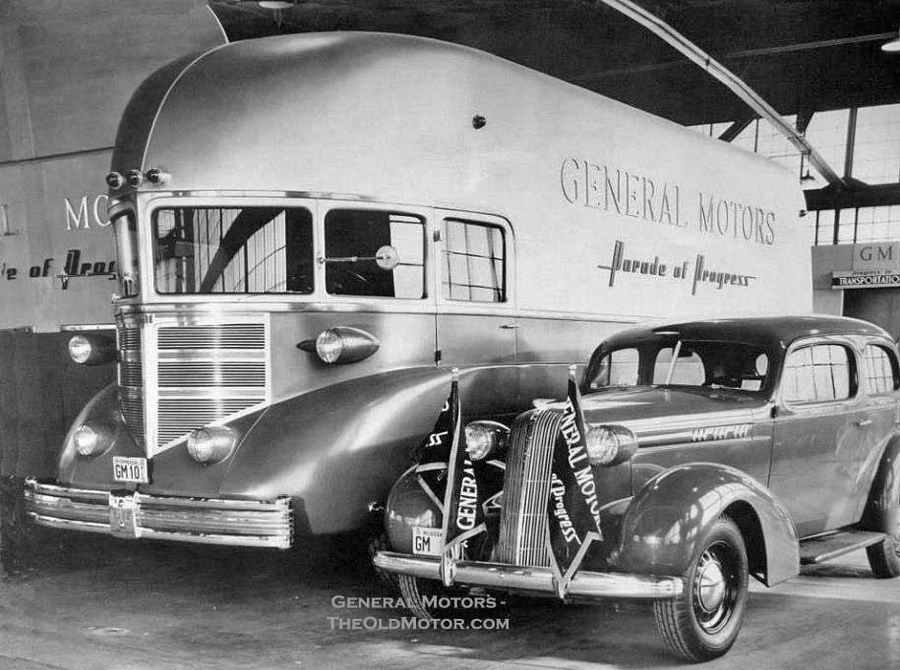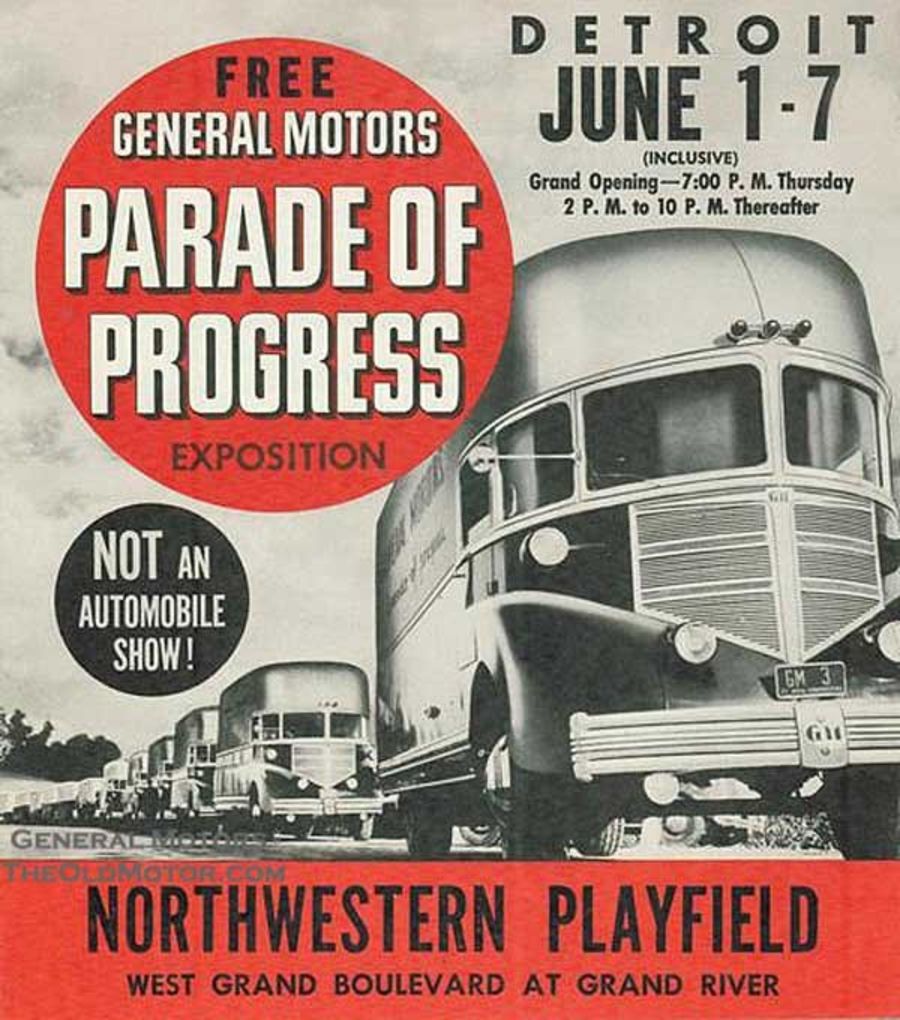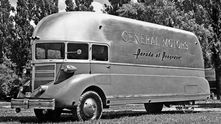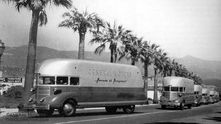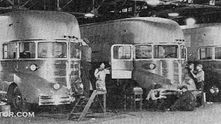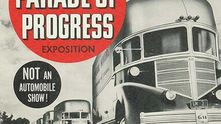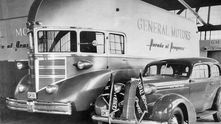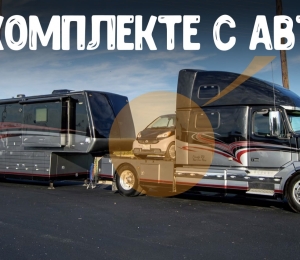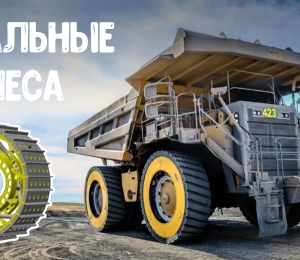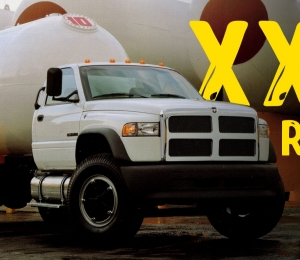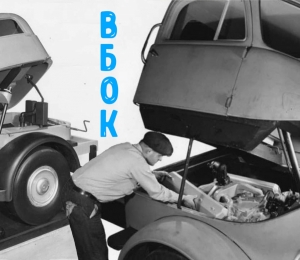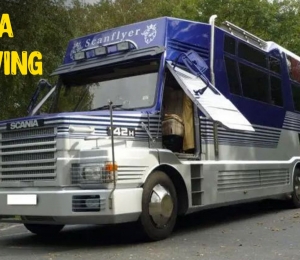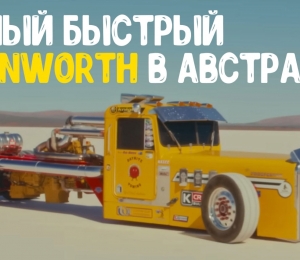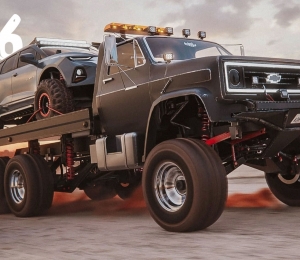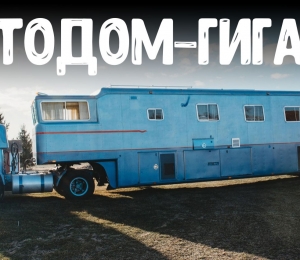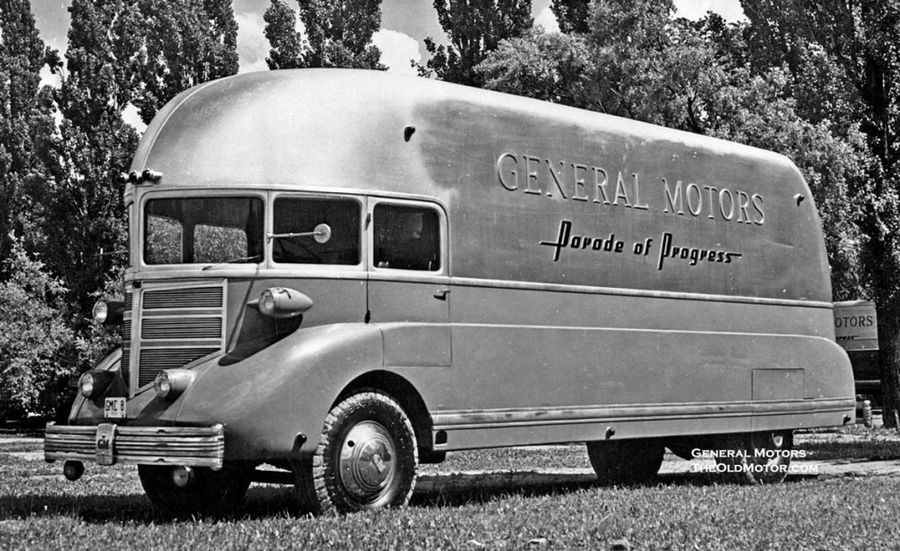
After General Motors’ successes at the 1933 and 1934 Century of Progress International Expositions, GM president Charles F. Kettering sought a way to bring some of their exhibits from the fair to those who were unable to travel to Chicago and thus promote the brand. With Chairman of the Board Alfred P. Sloan and Public Relations Director Paul Garret solidly in his corner, he had no trouble securing the Board of Directors’ approval for his idea and plans for the traveling road show began in earnest shortly thereafter.
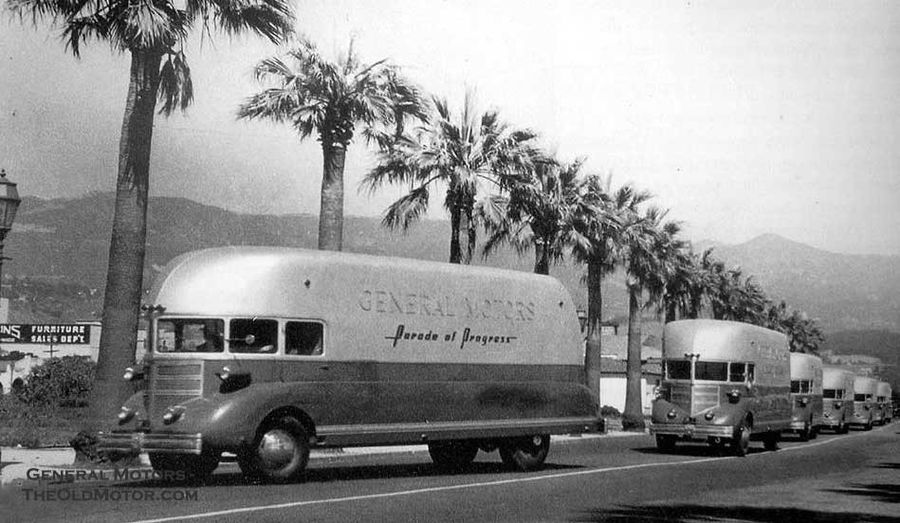
Designed by Harley Earl’s Art and Colour Section, it took two years to go from concept to convoy. The eight Streamliners hit the road in 1936, opening in Lakeland, Florida on February 11. They were built on 223 inch wheelbases in the Fleetwood plant of Fisher Body using a standard GMC truck six cylinder gas engine and running gear. As many as nine conventional GMC tractor-trailers carrying a sixty by eighty foot tent, thirty-five kilowatt Winton-Diesel generators and additional show support gear accompanied them. An air conditioned, stretched 1936 Chevrolet sedan served as a mobile office for the Parade of Progress, as it came to be called.

The woefully underpowered rigs could not exceed 40 miles per hour, but they still managed to cover more than one million miles between 1936 and 1941 on the two lane highways of the day and brought this traveling road show to more than twelve million people in 251 cities. The Second World War interrupted the parade’s progress, but the idea was revived in 1953 with a whole new fleet of Futurliners that would canvas the country until 1956.
